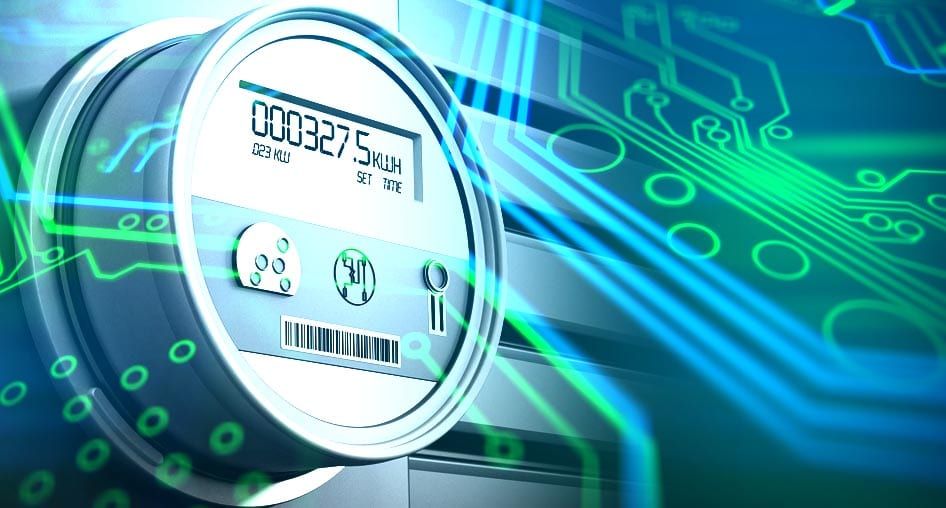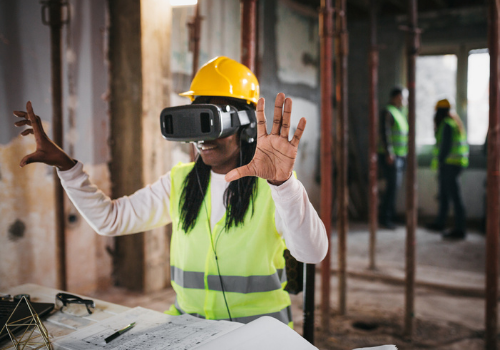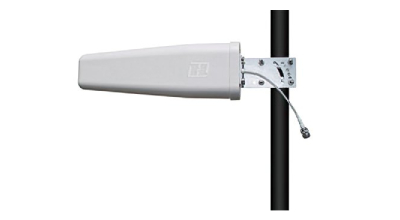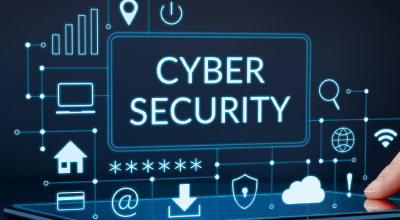
LoRaWAN Sensors and Their Applications
LoRaWAN (Low Range Wide Area Network) is a long-range, low-power wireless communication technology that enables Internet of Things (IoT) applications. Here are ten LoRaWAN applications:
Smart agriculture

Smart agriculture: Farmers can use LoRaWAN to monitor soil moisture, temperature, humidity, and other environmental parameters to optimize irrigation, fertilization, and pest control.
Smart cities

Smart cities: LoRaWAN can be used to manage public lighting, monitor air quality, track waste management, and optimize parking space usage.
Smart water management
Smart water management: LoRaWAN can help monitor water levels, water quality, and detect leaks in pipelines to ensure efficient water distribution and reduce waste.
Smart energy management
Smart energy management: LoRaWAN can be used for remote metering of electricity, gas, and water consumption, enabling utility companies to improve billing and detect anomalies.
Asset tracking

Asset tracking: LoRaWAN can be used to track the location and status of assets like vehicles, equipment, and livestock, improving logistics and management efficiency.
Smart buildings
Smart buildings: LoRaWAN can be used to monitor and control heating, ventilation, and air conditioning (HVAC) systems, lighting, and access control, reducing energy consumption and improving security.
Industrial monitoring

Industrial monitoring: LoRaWAN can be used for equipment monitoring, predictive maintenance, and process automation in industrial settings.
Remote environmental monitoring
Remote environmental monitoring: LoRaWAN can be used to monitor environmental parameters like air quality, noise levels, and radiation levels in remote or hard-to-reach locations.
Wildlife tracking
Wildlife tracking: LoRaWAN can be used to track the movements of endangered or protected species to study their behavior and support conservation efforts.
Emergency response
Emergency response: LoRaWAN can be used to track and monitor emergency responders, such as firefighters or search and rescue teams, during disaster situations, helping to improve communication and coordination.


